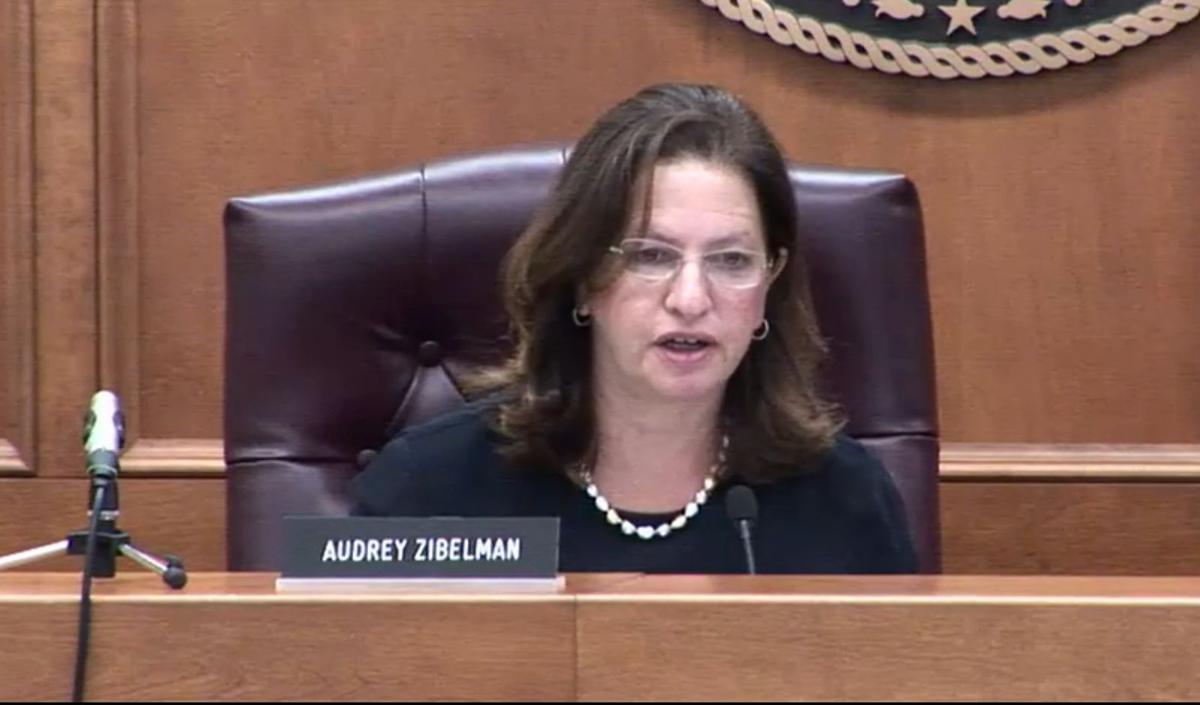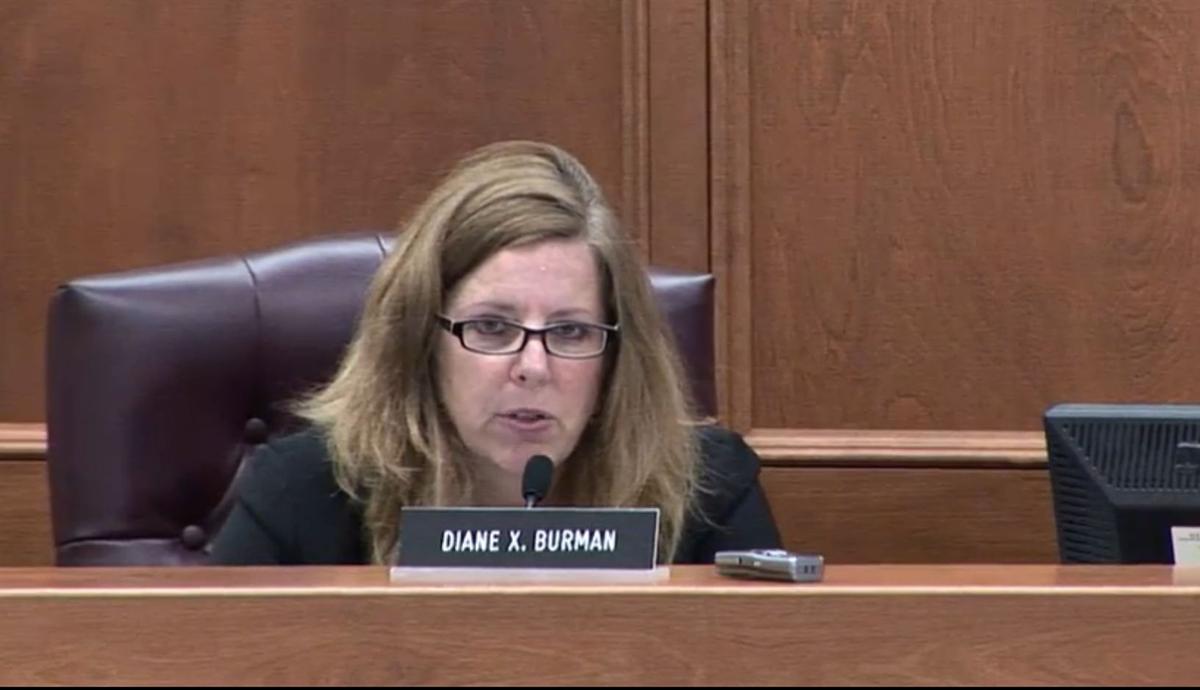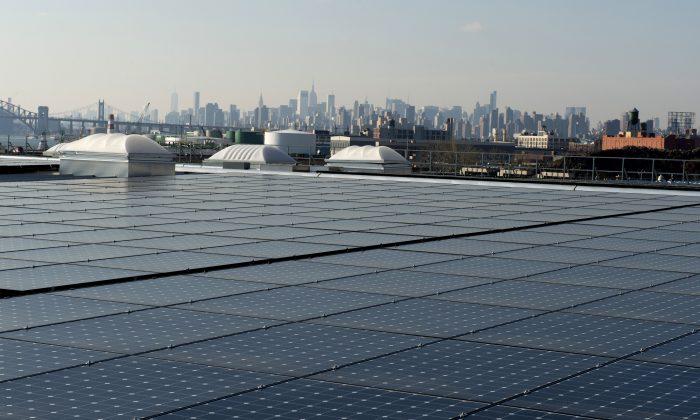The New York State Public Service Commission approved Governor Andrew Cuomo’s clean energy plan on Monday. The plan will “have a permanent impact on the energy landscape in the state,” Commission Chair Audrey Zibelman said in her opening remarks at the hearing.
The plan calls for a rapid expansion of wind and solar power, with a goal of making 50 percent of the state’s energy renewable by 2030. The commissioners acknowledged the thousands of comments they had received and the opinions voiced at hearings throughout the public discussion phase.
One of the concerns many have voiced is that the plan relies heavily on nuclear power. Cuomo has said that the state’s nuclear plants are necessary to provide zero-carbon energy, for now at least.
The plants are in need of renovations and are suffering due to competition with cheap natural gas; the FitzPatrick nuclear plant in Oswego is planning to shutter in January. But Cuomo’s energy plan includes some $1 billion in ratepayer subsidies in the first two years to get the plants in better working order and to compete with natural gas, and much more could be paid out over the 12-year life of the plan.

Nuclear is treated as a bridge, easing the transition to renewable energy. If the nuclear plants close, the concern is that fossil fuel plants will replace them.
Zibelman said: “If our goals are ... ensuring fuel diversity and carbon reduction, can we get there feasibly and practically if our nuclear plants that today provide a diverse source of power and 30 percent of zero-carbon energy, as well as other critical local benefits, abruptly retire from the system?”
In New York, about 45 percent of the energy is produced by fossil fuels (with about 4 percent from coal, which the state is continually phasing out). The remainder is a mix of nuclear, hydro, and various renewable sources.
This is not an “anti-gas” movement, Zibelman said, but a “pro-diversity” movement.
For consumers who do not want to support nuclear power, but who would like to support “green energy,” Zibelman said the commission will work to ensure transparency and to provide such consumer options.
Commissioner Diane X. Burman, who was the most reticent of the four commissioners to give the plan her approval due to many concerns about potential problems that may arise, said, “I very much understand the concerns and the passions of those who oppose nuclear.” However, after reviewing the public comments, she determined that most of those opposed are outside of the communities surrounding the plants. Many from those communities support the plan.
She cautioned that the commission will have to make sure people who use natural gas for their heating are not negatively impacted and that the commission remain mindful of other energy resources so they are available if needed.

She also noted the much-discussed concerns raised by the New York Independent System Operator (NYISO). The NYISO operates wholesale markets to manage the flow of electricity across New York. It expressed concerns that the state’s transmission infrastructure will need a major boost to accommodate solar and wind power.
Because these sources are not consistent—the state will see more peaks and valleys in its energy production as wind and sun power varies—other power sources are needed as back-up. Currently, some 17 percent of the state’s electricity resources are in reserve, but this could increase to about 45 percent with more wind and solar.
Burman said the commision must work closely with NYISO and take its cautionary comments seriously. Zibelman said she has spoken with NYISO’s CEO, Brad Jones, and they are very much looking forward to working on it together.
NYISO has expressed its overall support for Cuomo’s plan while noting that it will be necessary to invest in maintaining stability.
Zibelman said:“Despite the suggestions of some ... all of our decisions represent our broad and deep understanding of the energy system and the technological and system realities we must address.”
The Public Service Commission staff who testified at the hearing said annual and tri-annual reviews will take place to make sure the plan is on target and to address any new developments or obstacles that may arise.






Friends Read Free